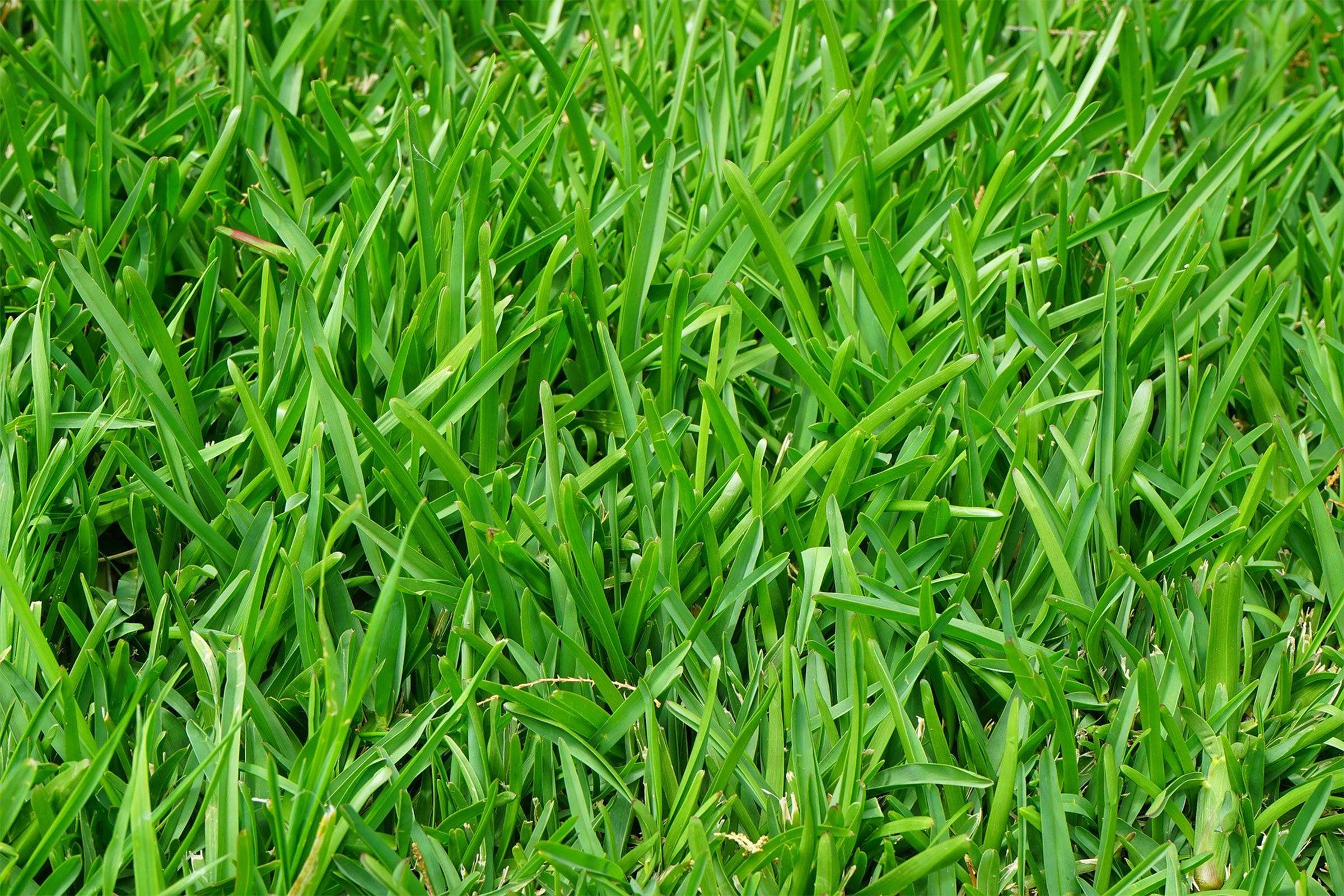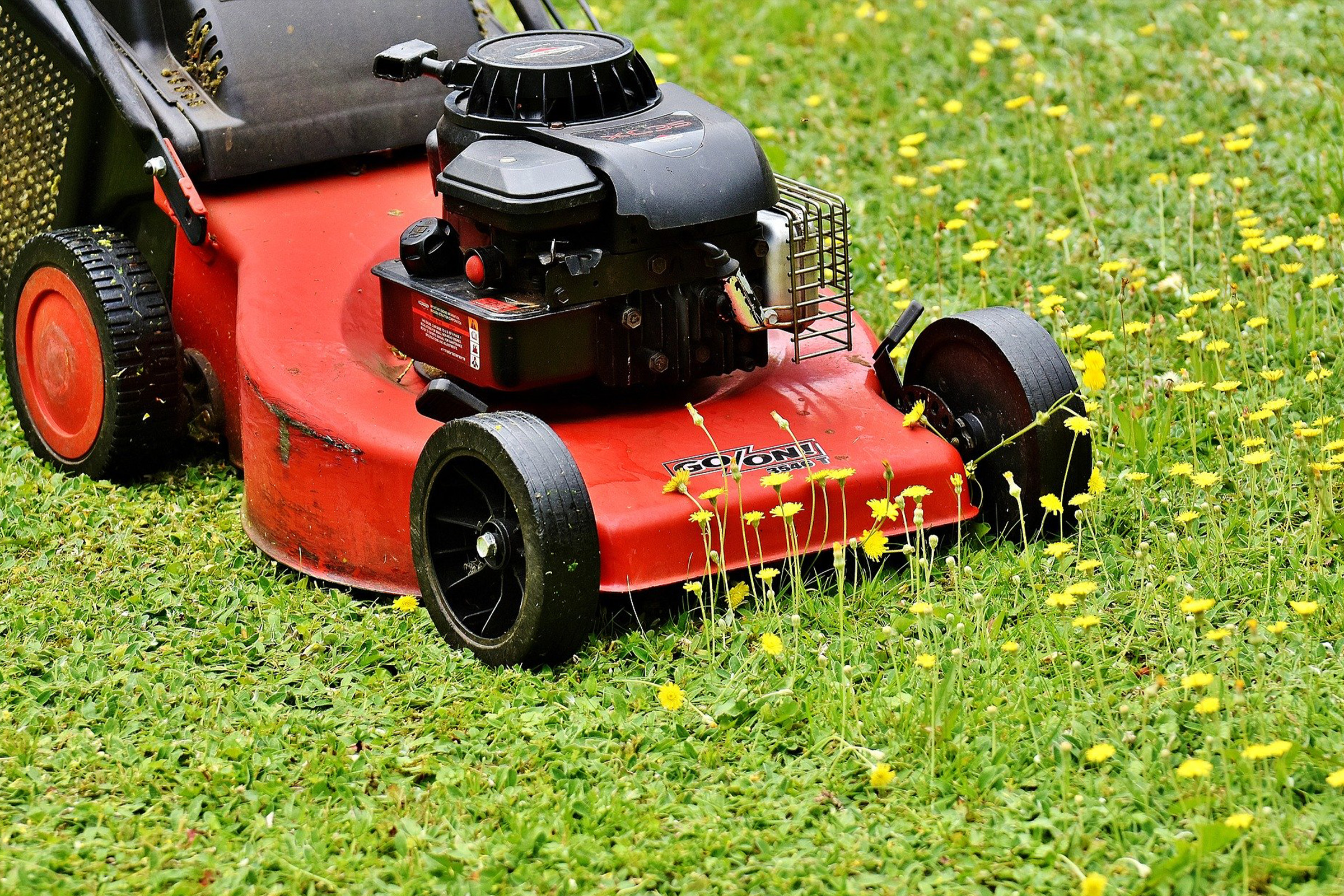Blog

Ask Dr. Phipps: Spring Lawn Installation
Have a question about your perennials, houseplants or turf grass? Worried about pests in the garden, hydrangeas that won't bloom, or tomatoes that died on the vine? Dr. Phipps can help! Ask Dr. Phipps is a free service provided by Phipps Master Gardeners. Contact us with your questions and you may be featured in an upcoming blog post!
Q: I have a large patch of my yard that was recently disturbed with some construction. I would like to plant new grass in the spot and would like to maintain it organically. Can you give me some advice on how to get started? Also, I heard something about seed that is pest resistant. Can you suggest grass seed?
A: In general, it is best to plant new lawns in the fall, as the temperature cools down new lawns don’t need to be watered as often then. But sometimes it can’t wait! Follow these steps below in order to prepare, establish and maintain a beautiful, healthy organic lawn.

Soil Testing and Amending
Any new planting or garden preparation begins with a soil test. This is important so that you know what nutrients are available and what amendments may need to be added in order to increase the health of the soil and the health of your plants. The success of organic lawns depends on the health of the soil. The soil should be close to neutral pH. If a soil test indicates the need for amendments, add those at any time.
Your soil may be compacted due to the construction and potentially has poor soil of heavy clay and rock. If you stick a screw driver into the ground does it slip in easily or it is difficult to push through? If the later is true, you may need to add a mix of top soil and compost. Rake the area smooth.

Seed and Planting
Pay close attention to the type of seed you purchase. A mixture rather than a monoculture will provide a safety net for diseases and differing conditions over the growing season. This article suggests various turf grass seed for our area.
Endophytic enhanced grass seed is a great option for the sustainable gardener. It is less susceptible to pest and disease damage and according to the University of Massachusetts, “endophyte-infected grasses tend to be comparatively vigorous, especially under conditions of minimal fertilization and irrigation.” More information about this type of grass seed can be read here.
Spread seed or “broadcast” it by hand, sprinkling handfuls of seed over the area or use a seed spreader for large areas. Be sure the leave room for the seeds to grow, do not over crowd the grass seed by spreading too many seeds. This of adding salt and pepper to your favotire dish!

Water and Mulch
It is important to keep the lawn moist, but not water logged during the initial growth period when the seeds are germinating. Early morning watering is best. Depending upon the cloud cover and temperature, more frequent watering may be necessary. Cover the seed with a mulch such as mushroom manure or sterilized straw to help retain soil moisture and deter birds from eating the seed.
Pests and Weeds
As mentioned above, select seeds for grass varieties that are less susceptible to pest and disease issues. Maintain healthy soil to increase plant health making it more resistant to pest pressures. Good mowing practices will reduce weed pressure, read below. Corn gluten is a good option for organic pre-emergent weed control. Read more about it here.

Management Practices
Grass seed grows into a living mat in the lawn. As it grows, it will need to be mowed. There is no truly self-maintaining grass. Learn the best management practices for organic lawn care below.
Mowing – Allow your grass to grow to 3 inches or taller. Maintain your grass at this height. This taller grass will shade out any weed plants that hope to invade. The longer blades allow for the development of longer roots, which have better access to water and nutrients in the soil. Remove at most 1/3 of the grass blade at each mowing.
Adding nutrients – As you manage your lawn organically, you will find that there are many ways to add nutrients to the soil without adding synthetic or even organic fertilizers. When you mow, leave the grass clippings. These are high in nitrogen and will add this necessary nutrient back to the soil. In the fall, you can add shredded leaves to the lawn, or allow leaves to fall and mow over them. As they decompose they add nutrients to the system. If necessary, you can add a thin layer (1/4 inch or less) of compost as a top dressing to the entire lawn. Be sure that the compost drops down near the plant roots and doesn’t sit on top of the lawn, smothering the grass. This addition of compost will enhance soil health. If you find that you do need to add organic amendments, it is helpful to do so in conjunction with a core aerator.
Water – If you have developed healthy soil you should not need to water your lawn once it is established. The soil will act as a sponge and rainfall should be sufficient to support your grass. If long periods persist without water, you can add some to your lawn. Water in the morning so that the water is absorbed and doesn’t evaporate away.

